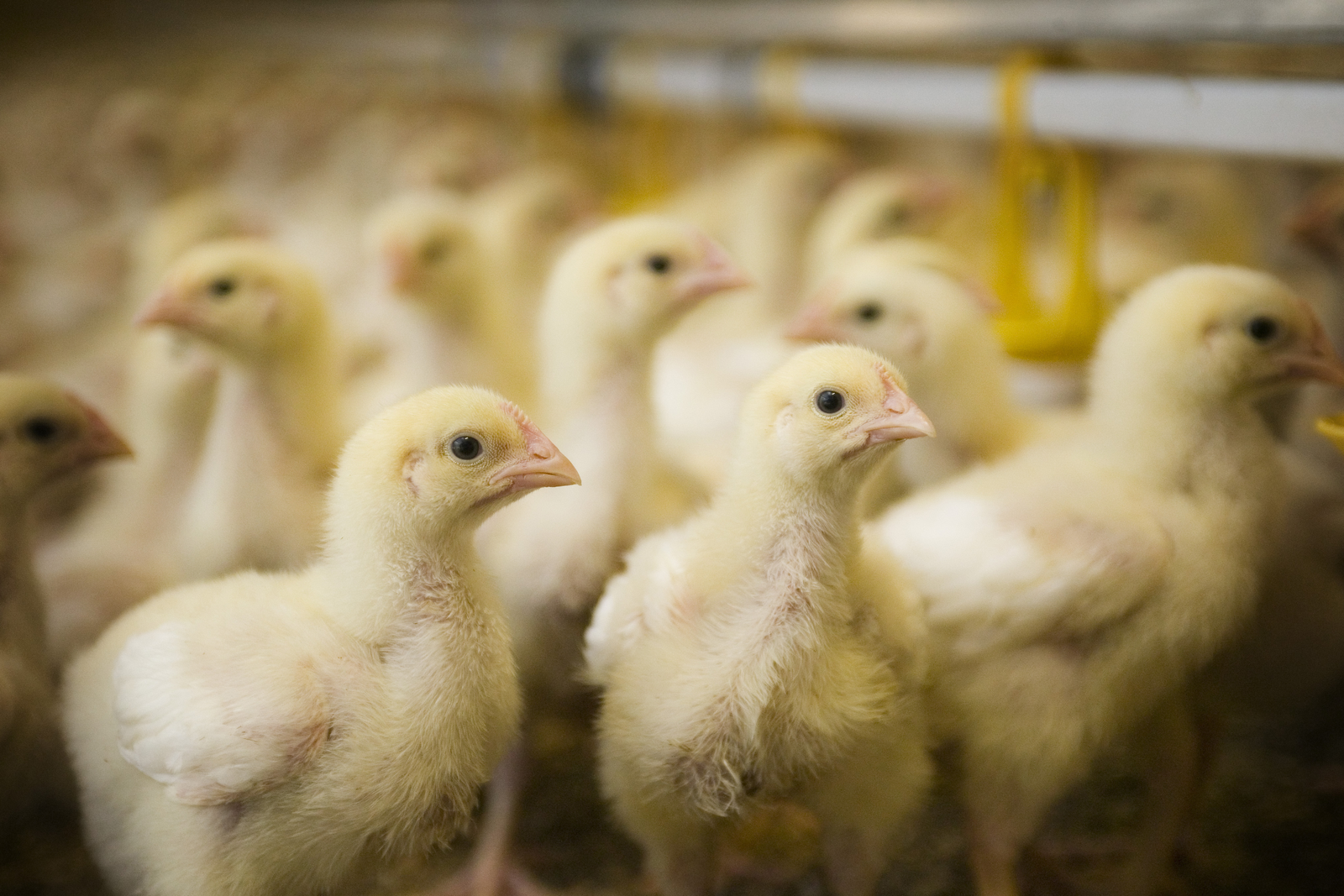Poultry Summit discusses antibiotic challenges

Antibiotic reduction can be achieved by using different data in breeding, hygiene in the feed mill and awareness about the level of biosecurity at the farm s amongst others. These topics were discussed in Utrecht, the Netherlands at the first Poultry Summit Europe.
A world without antibiotics? That was the theme of the Poultry Summit Europe, held May 17-18 and organised by VNU exhibitions. On the first day of the conference, around 250 people gathered to listen to a variety of speakers who shed their light on this topical issue that is affecting the livestock industries worldwide. The Summit addressed 6 key challenges of the poultry industry, offering themed insights from a customer/consumer, scientific and industrial perspective. 2 of them: ‘Genetic selection and breeding’ and ‘Biosecurity’ were discussed during the first day of the event.
Linking genetics to gut health
Randy Borg, Geneticist at Cobb spoke about the way breeding can help withproducing more robust chickens, which are equipped better to deal with pathogens. Borg: “The poultry sector is growing rapidly. Poultry meat production is growing with 1.8% per year. To be able to grow sustainably, we need to use less antibiotics to produce the meat.”
Coming from a breeder company, he further addressed that the poultry sector has made great improvements over the last decades in terms of growth, feed conversion, but he questioned: is bigger/faster always better? Does that match with future demands of our society? According to Borg, breeding companies are constantly looking for new traits to breed chickens that do meet the future demands. “There is a strong focus on intestinal health data and we want to find out for example if there is a genetic link to the way a bird absorbs a certain nutrient. Or is there a genetic link between the gut microbiota and the genome of the bird? These type of data can be used to breed chickens with a better gut health for example.
But also indirect data, for example carcass data and data from disease challenge models can be used to breed stronger and healthier chickens. We want to identify families/genetic lines that do well under challenged conditions (were pathogens such as Salmonella are present). From carcass data we can learn a lot as well. Although we can’t use these chickens anymore as breeder candidates (as they are dead or challenged to disease), the data can be used to better select new breeder candidates,” Borg explained to the audience.
Early feeding key in reducing antibiotics
Adriaan Smulders, Species Technology Manager & Additives Lead, Cargill Premix and Nutrition EMEA explained that early feeding of chicks is very important to be able to aim for a reduction in antibiotic’s in the whole poultry production chain. Smulders: “It is very important to get the feed and the water directly to the chicks when they have been hatched. When this is done, the gut and immunity of the animals is boosted and the first microflora can be formed. When feeding these little chicks, it is important to keep the ingredient selection and physical form of the feed in mind. The feed ingredients have to be digestible. So formulating for crude protein only is not advisable. In addition, the form is important. We produce mini pellets that are of such a weight, that they are easy to pick up by the animals. It is a real art to make these mini pellets.”
Using kill steps in feed processing
Dr Béatrice Conde-Petit, Food Safety Officer, Bühler talked about hygienisation for Salmonella control in the feed. By making clean feed, less antibiotics have to be used on farm level. She updated the audience from a feed mill perspective, where raw materials are often contaminated. “We know that Salmonella can survive in dry grains for many years. They don’t per se multiply, but they survive in the commodity easily. Sampling of these raw materials, when they enter the feed mill, is not reliable as Salmonella is not homogenously present in the commodity. So the testing procedure is obviously not enough to guarantee that the pellets produced are Salmonella free. We therefore have to destroy it in the feed processing procedure.”
Conde-Petit emphasised the need for kill steps within the feed processing and that this requires more focus and attention. “Thermal processing is used, but it is important how to measure the effectiveness of the kill step. We therefore use log reduction to measure the microbial inactivation, so we know that the Salmonella load is actually reduced.” She called for better process control in general in feed processing. “Hygienic plant design is important to reduce antibiotic use in the production chain,” she concluded.
Biosecurity tool for farmers
Jeroen Dewulf, full professor at Faculty of Veterinary Medicine at Ghent University explained to the attendees of the Summit what biosecurity entails and how this can be improved, so that antibiotic use can be lowered. Dewulf: “Biosecurity entails more than just having the hygiene under control. It also involves logistics of animals. It is also very difficult to quantity biosecurity (what is good and what a bad?). At the University of Ghent, Belgium we therefore developed a quantitative tool to measure biosecurity at broiler farms and the relationship with technical performances and antimicrobial use. It is a scoring system for the internal and external biosecurity and gives the farmer/veterinarian/advisor a good idea what the current biosecurity status is and what the effects are when things are improved. You can see it as a tool to support the advice given.” The tool has been made freely accessible. It is available for pigs and broilers and will be soon available for dairy cattle.
Join 26,000+ subscribers
Subscribe to our newsletter to stay updated about all the need-to-know content in the feed sector, three times a week. Beheer
Beheer









 WP Admin
WP Admin  Bewerk bericht
Bewerk bericht